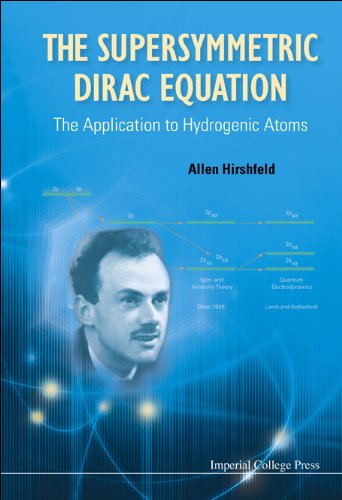

Most ebook files are in PDF format, so you can easily read them using various software such as Foxit Reader or directly on the Google Chrome browser.
Some ebook files are released by publishers in other formats such as .awz, .mobi, .epub, .fb2, etc. You may need to install specific software to read these formats on mobile/PC, such as Calibre.
Please read the tutorial at this link: https://ebookbell.com/faq
We offer FREE conversion to the popular formats you request; however, this may take some time. Therefore, right after payment, please email us, and we will try to provide the service as quickly as possible.
For some exceptional file formats or broken links (if any), please refrain from opening any disputes. Instead, email us first, and we will try to assist within a maximum of 6 hours.
EbookBell Team

5.0
48 reviewsIt is shown that each of the concepts has its analogue in the non-relativistic case. Indeed, the non-relativistic case is developed first, in order to introduce the new concepts in a familiar context. The symmetry of the non-relativistic model is already present in the classical limit, so the classical Kepler problem is first discussed in order to bring out the role played by the Laplace vector, one of the central concepts of the whole book. Analysis of the concept of eccentricity of the orbits turns out to be essential to understanding the relation of the classical and quantum mechanical models.
The opportunity is taken to relive the great moments of physics: From Kepler's discovery of the laws of motion of the planets, the development is traced through the Dirac equation up to modern advances, which bring the concepts of supersymmetry to bear on the derivation of the solutions.